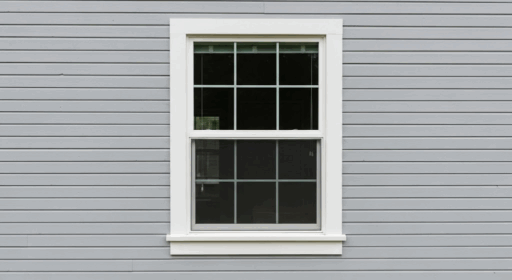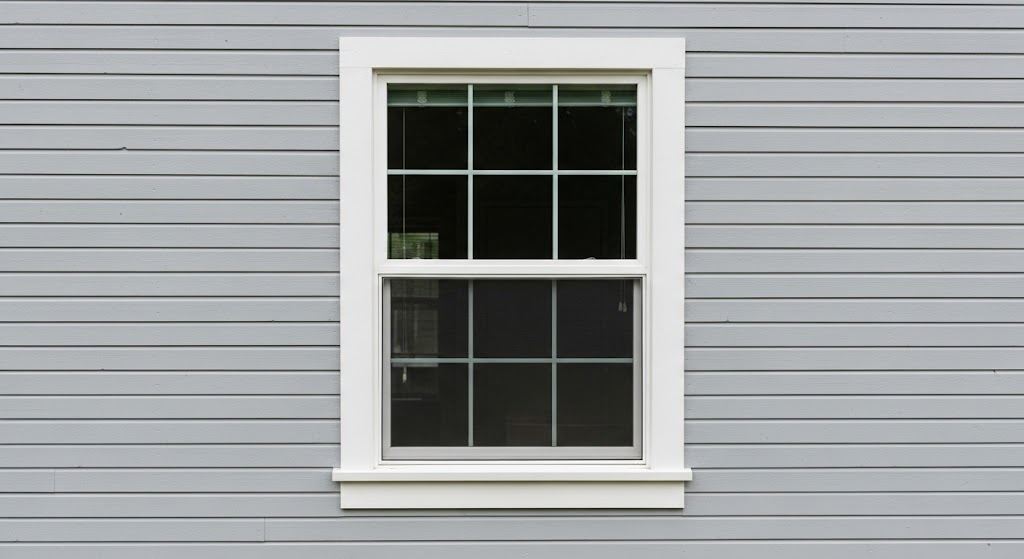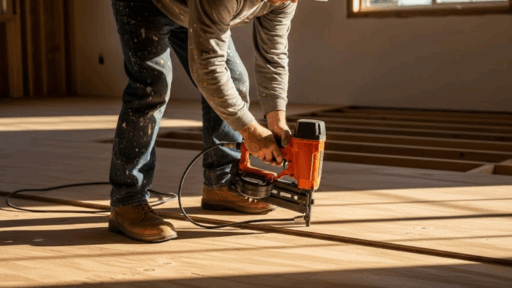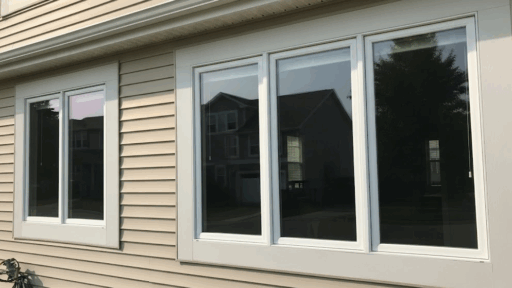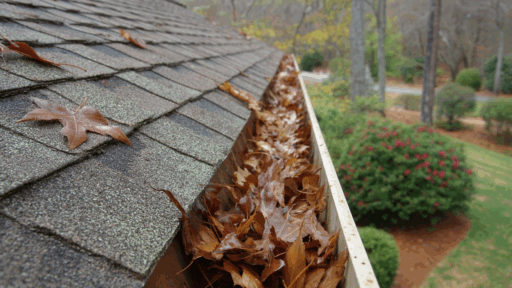Ever wondered what holds your window panes in place? I bet most of us never think twice about it. But here’s the thing: what is a window sash and why it’s the unsung hero of every home is something many don’t realize.”
They’re working hard behind the scenes to keep your windows functional, energy-efficient, and looking good.
I promise to show you exactly why these components matter more than you might think. You’ll learn what is a window sash , its components, and maintenance tips.
Plus, I’ll share what makes a quality sash and why understanding this part can save you money on energy bills.
What is a Window Sash?
A window sash is the movable frame that holds your window glass in place. Think of it as the part you actually touch when you open or close your window. I like to describe it as the “picture frame” for your glass panes.
What makes window sashes so important?
- They hold the glass: Without a sash, your window panes would have nowhere to sit
- They create the seal: A good sash keeps air and water from sneaking into your home
- They enable movement: Whether you slide, tilt, or swing your windows open, the sash makes it happen
- They add strength: The sash gives your entire window structural support
When people ask me, “what is a window sash,” I tell them it’s the working part of your window. It’s not just the frame around your house’s opening – that’s called the window frame. The sash is what moves within that frame.
You’ll find sashes in every type of window, from old double-hung windows in historic homes to modern casement windows in new construction. They come in various materials, such as wood, vinyl, or aluminum, but they all serve the same basic purpose.
Core Components and How a Window Sash Works
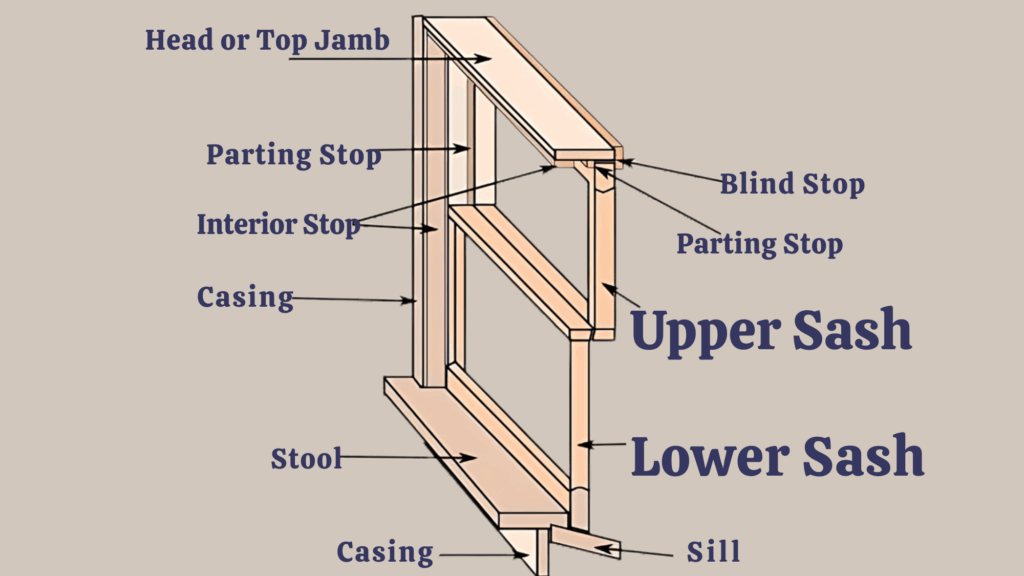
Let me break down the components that make your window sash function properly. I find it helpful to think of a sash like a mini door frame, which has several key pieces working together.
The Main Parts You Should Know About
- Rails: These are the horizontal pieces at the top and bottom of your sash
- Stiles: The vertical pieces on the left and right sides
- Glazing: This is how the glass gets secured into the sash frame
- Balances: Hidden springs or weights that help your window stay open
- Locks: The hardware that keeps your window closed and secure
How it all works together
I think of the sash as sitting inside the window frame like a drawer in a dresser. The rails and stiles create a strong rectangle that holds your glass. When you want to open the window, you lift or slide the sash along tracks built into the main frame.
The balances do the heavy lifting, literally. Without them, your window would slam shut every time you let go. The glazing keeps your glass from rattling around or falling out.
And the locks? They make sure everything stays put when you want it closed.
It’s a remarkably simple yet clever system. Each part has one job, but they all need to work together for your window to function properly.
Types of Window Sashes
I’ve worked with many different window types over the years, and each sash style has its own personality.
Let me walk you through the most common ones you’ll see in homes today.
1. Single-Hung Sashes
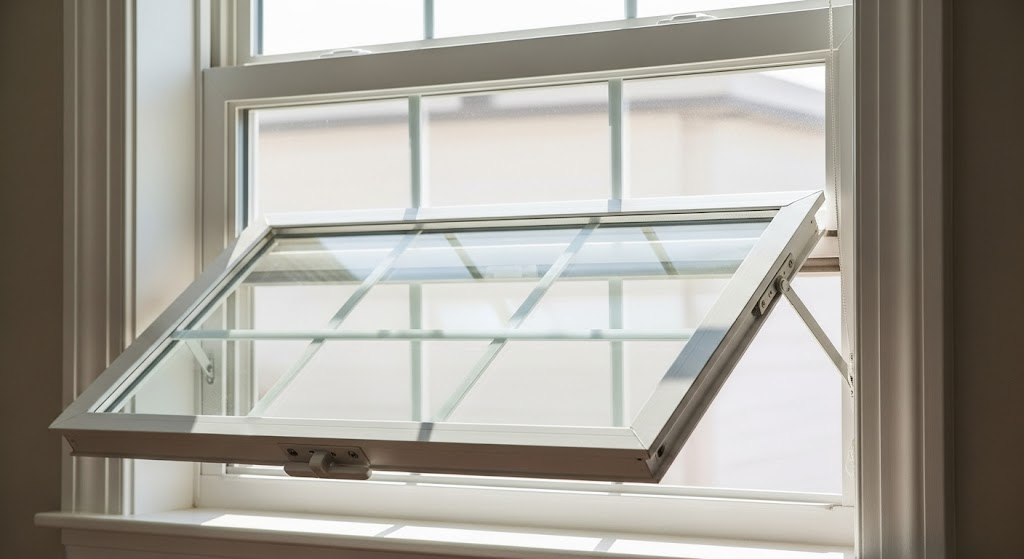
With single-hung windows, I can only move the bottom sash up and down. The top sash stays fixed in place. I like these for their simplicity; fewer moving parts mean less maintenance. They’re budget-friendly and work well in most rooms.
The downside? I can only get half the window open for ventilation. However, they remain popular because they’re reliable and cost less than double-hung options.
2. Casement Window Sashes
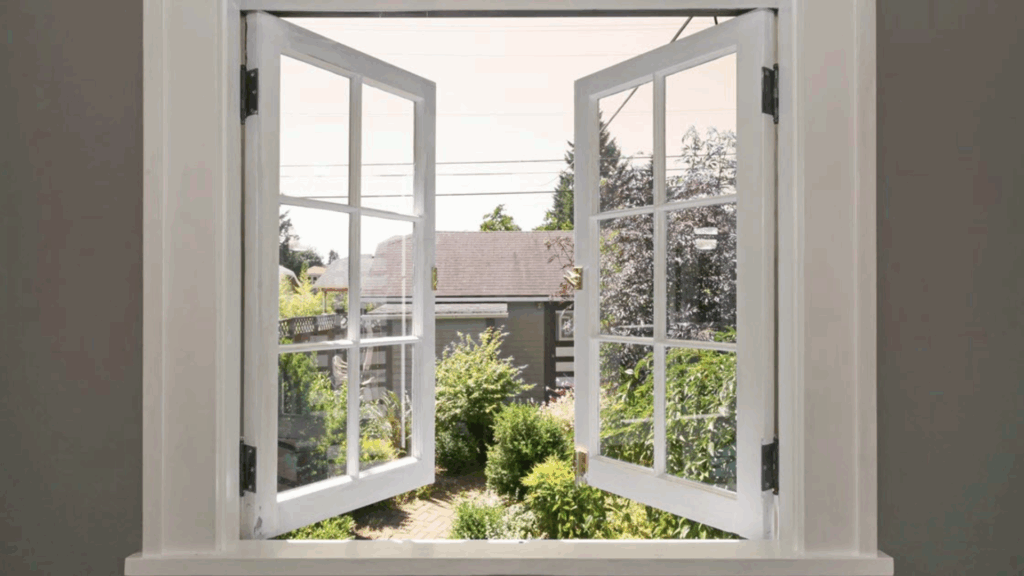
Casement sashes swing open like doors, usually with a crank handle. I love how they open completely, giving me 100% of the window opening for ventilation.
They seal well when closed, which helps with energy efficiency. The crank mechanism is sturdy and easy to use.
However, I need to be careful about where they ope, asn they can hit things outside, such as shrubs or walkways.
3. Awning Window Sashes
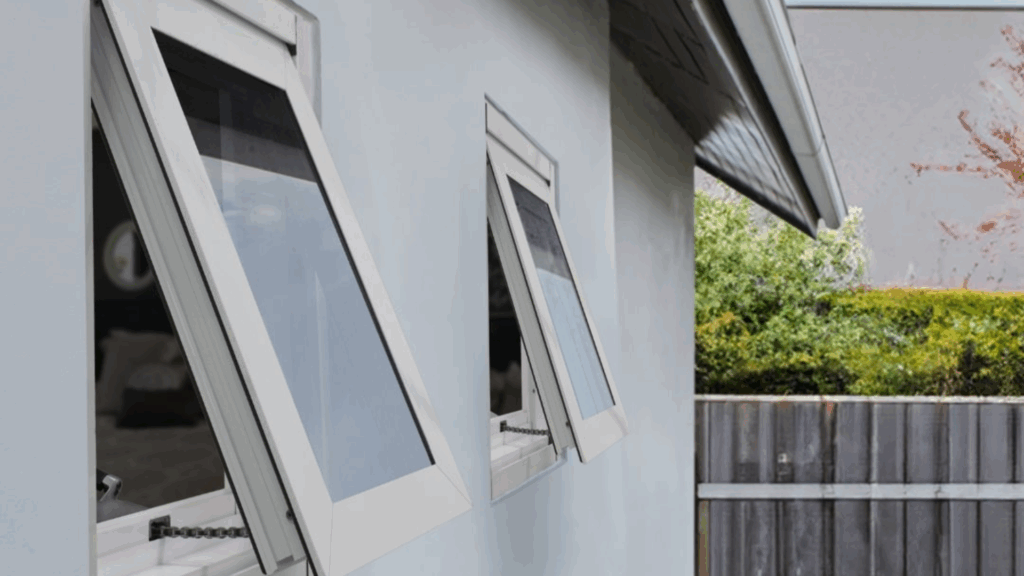
These sashes hinge at the top and open outward from the bottom. I often use them in bathrooms or basements where I want ventilation but still need privacy.
They’re great in rainy weather because the open sash acts like a little roof. I can keep them open during light rain without water getting inside.
They work well paired with other window types for added ventilation.
4. Sliding Sashes
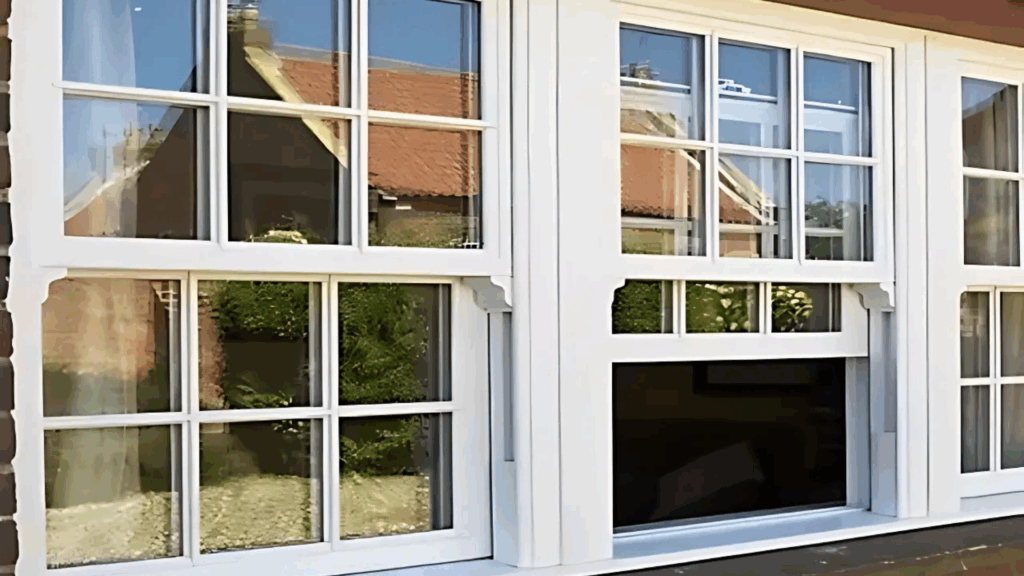
Sliding window sashes move horizontally left or right along tracks. I appreciate how they don’t stick out from the house when open, perfect for areas with limited exterior space.
They’re simple to operate and maintain. The trade-off is that I can only open half the window at a time. They work best in modern homes and are often more affordable than casement styles.
Signs Your Window Sash Needs a Replacement
I’ve learned to recognize the warning signs that indicate it’s time for new window sashes. Here are the key indicators to watch for in your home.
- Warping, sticking, drafts, rotting wood, or water leakage: When my windows start fighting me every time I try to open them, that’s a clear sign. Warped sashes create gaps that let cold air sneak in during winter.
- Safety concerns and outdated technology: Old sash locks no longer function properly, making my home less secure. Windows that won’t stay open can slam shut unexpectedly and cause injury to someone trying to use them.
- Energy bills and performance indicators: I’ve noticed that my heating and cooling costs increase when my window sashes aren’t sealing properly. Condensation between glass panes means the seals have failed completely.
- Visible damage and wear: Peeling paint, cracked wood, or bent metal frames tell me the sash is past its prime. Water stains around the windows indicate that moisture is seeping through the sash somewhere.
- Noise issues: When outside sounds start coming through closed windows more than before, my sashes aren’t creating proper seals. The traffic noise that I never heard before is a dead giveaway.
Maintenance and Care Tips
I’ve found that regular maintenance goes a long way in keeping window sashes working smoothly. Here are the maintenance tasks I do to keep mine in good shape.
1. Clean the tracks regularly: I use a vacuum and a damp cloth to remove dirt and debris from the window tracks. Built-up grime makes sashes stick and wear out faster. I also check for any signs of rot or mold while I’m cleaning.
2. Touch-up paint and seals: Wood sashes need fresh paint or stain every few years to protect them from the weather. I seal any small cracks right away before they get bigger and let moisture in.
3. Keep hardware moving smoothly: I put a few drops of lubricant on hinges, locks, and crank mechanisms twice a year. This prevents rust and keeps everything operating easily without forcing anything.
4. Do seasonal inspections: Before winter and summer, I check all my window hardware for loose screws or worn parts. I test each window to make sure it opens, closes, and locks properly.
5. Replace weatherstripping when needed: I run my hand around closed windows to feel for air leaks. New weatherstripping is cheap and makes a huge difference in energy efficiency and comfort.
Conclusion
Now I hope you see why window sashes deserve more credit than they usually get. These hardworking components affect everything from your energy bills to your home’s comfort level.
Understanding what is a window sash and how it functions can help you catch problems early and save money on repairs.
I encourage you to take a walk around your home and look at your windows. Test how they open and close. Feel for drafts. If something seems off, don’t wait: call a professional for advice.
Remember this: a well-maintained sash ensures your entire window system runs smoothly for years to come.

